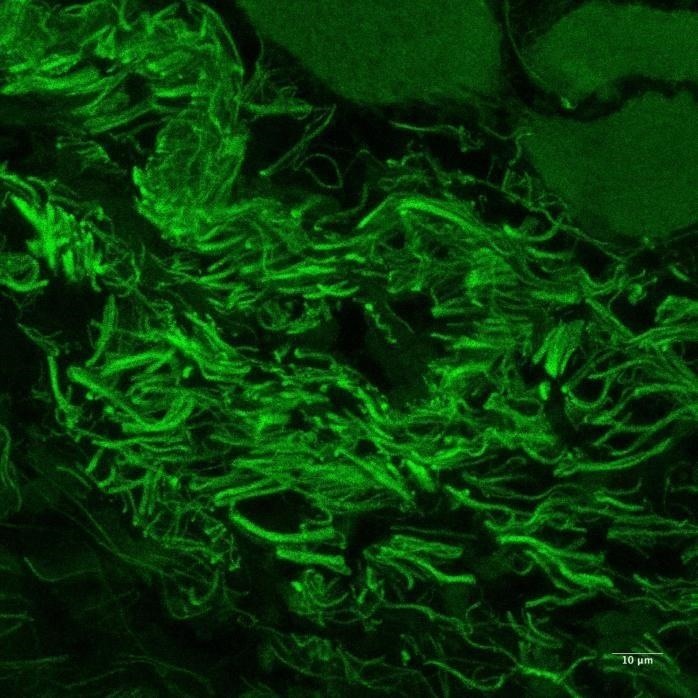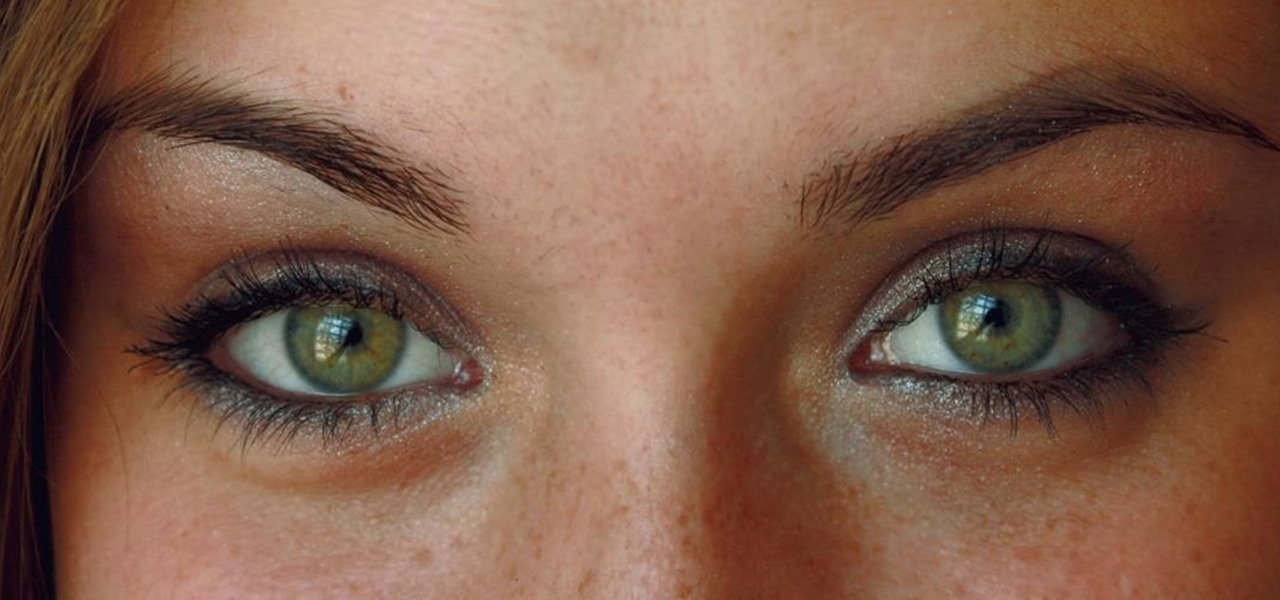Not all bacteria in the eyes cause infection. A group of researchers from the National Eye Institue has shown that not only is there a population of bacteria on the eyes that reside there but they perform an important function. They help activate the immune system to get rid of bad, potentially infection-causing — pathogenic — bacteria there.
The studies, done in mice, found that when Corynebacterium mastitidis (C. mast) bacteria isolated from the eye surface was mixed with immune cells, the cells produced interleukin 17 (IL-17), a protein already known to defend against invading bad bacteria. IL-17 also sends signals that bring other immune cells to the site of an infection that help eliminate the pathogen.
The discovery was reported by Rachel Caspi from the National Eye Institute on July 18 in the journal Immunity.
"This is the first evidence that a bacterium lives on the ocular surface long-term," said Caspi in a press release.
Sterile or Not?
The presence of a community of bacteria and other microorganisms called a microbiome is known well-studied for organs like the skin, nose, vagina, penis, and gut, starting at our mouth. On those sites, the microbiome has been shown to have a role in protecting us from pathogenic bacteria that shows up at those sites. For years, scientists thought there was no microbiome on the eye due to its structure and function.

The conjunctiva is a continuous thin membrane that covers the inner surface of the eyelid and the white part of the eyeball. In 1921, Alexander Fleming discovered that tears that flush the cornea — the transparent front layer of the eye — and conjunctiva contain lysozyme, an enzyme that attacks proteins called peptidoglycans in bacterial cell walls, causing holes to form in the cells' walls and the eventual bursting of the bacteria.
The ability of the ocular surface environment to support a resident microbiome is in question due to constant tear washing and the profoundly antimicrobial nature of ocular secretions that contain lysozyme, antimicrobial peptides, immunoglobulin A, complement, and other substances.
Caspi and her lab team took a closer look at bacteria in the eye and found that the environment is far from sterile.
Bacteria as Defenders of the Eye
The researchers cultured bacteria from the conjunctiva of mice. They found several species of Staphylococcus, a common skin bacteria, and Corynebacterium mastitidis. Their challenge was to figure out if those bacteria arrived there from the air, contact with contaminated material or skin, or if they lived there normally without causing an infection, escaping death from lysozymes.
Interestingly, mice purchased from different lab suppliers did not all have C. mast on their eyes. Mice from the NIH animal facility had C. mast on their eyes, but mice from the Jackson Laboratory in Maine and other commercial vendors did not.
To investigate this observation further, the scientists added C. mast to the eyes of mice who did not have it and looked to see if it was present — had taken up residence on the eye — weeks later. C. mast inoculated into the eyes of Jackson Lab mice were still there five weeks later and their T cells were releasing IL-17. Other bacteria put into the eyes of those mice disappeared. C. mast did not spread to mice sharing a cage, indicating that it is not an infectious agent, but one that resides normally on the eye.
"We still don't know what enables C. mast to successfully establish itself in the eye, whereas other similar bacteria fail to colonize," said Caspi.

Apart from just being there, the researchers also figured out that these bacteria have a protective role. C. mast caused T lymphocyte immune cells from the conjunctiva to produce and secrete IL-17. The interleukin attracted neutrophils — a type of white blood cells active in immune responses — to the conjunctiva and caused the release of antimicrobial proteins into their tears. Those antimicrobials, however, did not kill C. mast.
When C. mast in the eyes of mice were killed by gentamycin antibiotic eye ointment, and the researchers added Candida albicans fungus to their eyes, the mice generated a decreased immune response and developed an infection. Mice with C. mast in their eyes did not allow the fungus to produce an eye infection, even without antibiotic treatment; indicating that the presence of C. mast was protective against the development of an eye infection.
As with other microbiomes, the balance of organisms and the health of the host are important factors in whether a bacteria residing there is beneficial or could cause disease. Anthony J. St. Leger, first author and postdoctoral fellow at the National Eye Institute noted that C. mast could potentially grow out of control and cause disease in older people with decreased immune activity.
The study authors are investigating the properties that make C. mast resistant to the immune response that it initiates. They are also looking at other bacteria that may play a role in the eye's defense system and say their work needs to be done in humans to confirm the same processes seen in mice are at work in us, too. And if they are, they say it will likely change the way eye care professionals think about and treat eye infections.
Just updated your iPhone? You'll find new emoji, enhanced security, podcast transcripts, Apple Cash virtual numbers, and other useful features. There are even new additions hidden within Safari. Find out what's new and changed on your iPhone with the iOS 17.4 update.


























Be the First to Comment
Share Your Thoughts